Ghostwire: Tokyo is an action-adventure game set in a Tokyo void of people and full of spirits that want to either help you, kill you, or avoid you. And while Ghostwire: Tokyo is more action than horror, it’s easy to see how the game’s roots help make the city feel more alive (or more dead) through the use of horror. Ghostwire: Tokyo is the third AAA game from Tango Gameworks following their popular third-person survival-horror games The Evil Within 1 and 2. Plus, with so many brilliant minds who used to work on Capcom’s Resident Evil series now working for Tango Gameworks, it’s clear that Ghostwire: Tokyo, while a departure from survival-horror, still plays to its horrific strengths while mixing in a brand-new blend of action, adventure, and mystery. In this review, there are light spoilers, particularly in the “Until We Meet Again (The Story)” section, so proceed with caution.

Until We Meet Again (The Story)
There are several messages told throughout Ghostwire: Tokyo’s story, but the main themes center on the power of friendship and gratitude for life. The game starts very quickly as an event called the Vanishing sweeps a blanket of deathly fog across Tokyo. Upon touching the fog, every person’s physical body disappears as their spirit is released to be stuck between the physical and the spiritual world or to simply pass on. This doesn’t happen to Akito, the main protagonist, because a wandering spirit named KK, who still has a work to do, possesses Akito’s body giving him spiritual abilities and protection from the fog. The two quickly realize that they need each other’s help to put a stop to Hannya, the mysterious masked antagonist.
As you make your way through the city streets of Tokyo, KK and Akito grow more and more attached (literally) by clearing torii gates, fighting Visitors, and unraveling the intentions of Hannya. Towards the end of the game, the friendship forged between the two is a powerful bond that lasts beyond death.
And speaking of death, Ghostwire: Tokyo’s second main theme is gratitude for life. The ideology of Ghostwire: Tokyo is that all human beings have a spirit and that there is a life after death. With that established, there are deaths in the story that are a bit over-dramatized considering the characters know for a fact that they will see each other again in the next life. That said, the main takeaway is to enjoy each waking moment that life has to offer and live life to the fullest. The overall plot of Hannya is basically to kill everyone so that the inhabitants of the physical world and the inhabitants of the spirit world can be together again. While wanting to be reunited with your lost loved ones isn’t s a bad desire, in the end, whether you believe in a life after death or not, the story leaves you with the message that life is worth living, enjoying, and fighting for.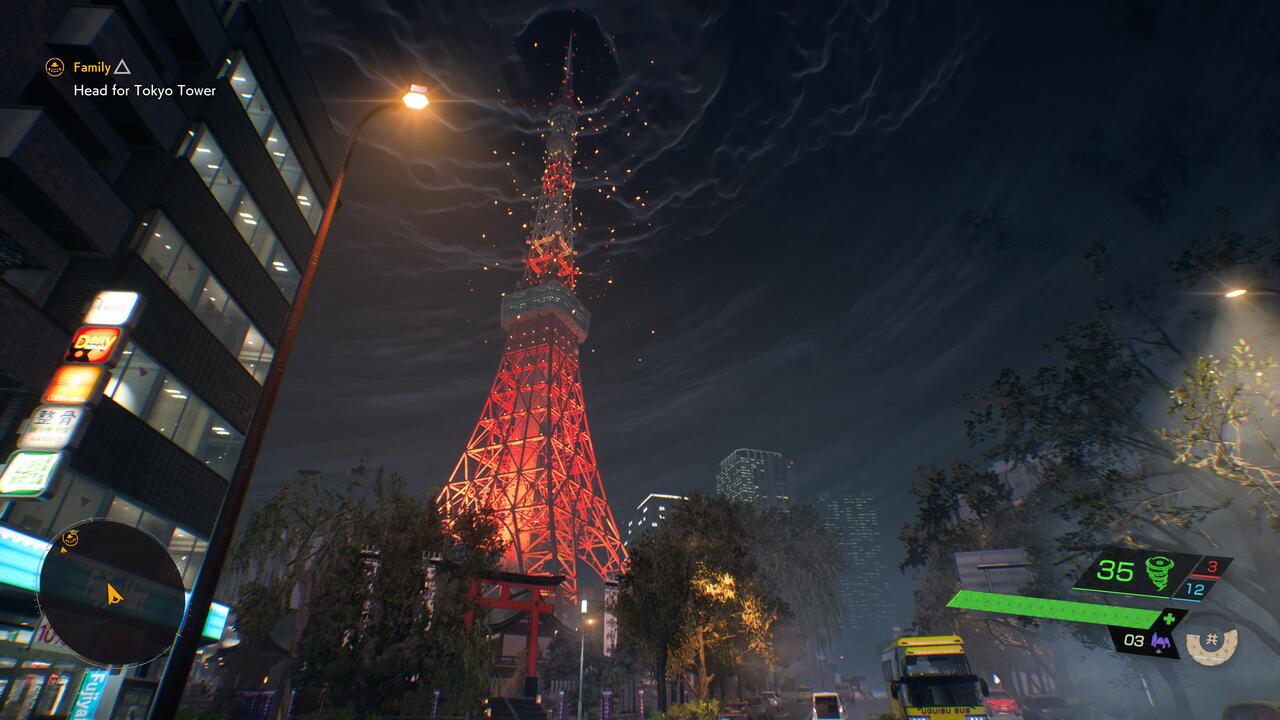
Tokyo’s Beautiful Tonight (The Atmosphere and Open World)
Ghostwire: Tokyo has the most beautiful and enticing urban open-world I’ve played in recent memory. The entirety of Tokyo feels quite large because of the game’s use of different environments like tight city streets, big train stations, small old-fashioned villages, large parks, and torii gate squares. On the other hand, the open-world feels incredibly personal thanks to the compressed and highly detailed streets and alleyways keeping you in the present instead of how other open-world games guide you to be constantly looking towards the next destination both physically and mentally. Each city block’s rainy streets are extremely captivating, offer visual variety, and are filled with secrets behind every corner, coaxing the player to discover more and more.
The atmosphere of Tokyo after the Vanishing is a chilling freeze-frame of humanity suddenly gone, captured through the abandoned cars lining the streets, the deserted strollers on the sidewalks, and the clothes of people littered everywhere, each painting a picture of who was here before. In a sense, Ghostwire: Tokyo hits the nail on the head with capturing an eerie charm similar to the first Bioshock while creating moments of fresh air through Tokyo’s scenic marriage of nature and cityscape.
Speaking of eerie charm, since Tokyo is overrun with Visitors and spirits, you’ll run into more than a couple of visual illusions along your adventure. Ghostwire: Tokyo has illusionary moments, both scripted and unscripted, that will take your breath away. For example, as you dive into the mind of Rinko, a friend you meet in the middle of the game, you are taken through a wild ride of colorful transforming rooms, umbrellas falling from the sky that form bridges, exploding and expanding isometric shapes, and tons more. In the open world, supernatural events will happen to you that feel extremely situational, like wandering down an alley and seeing the silhouettes of ghost children with no heads run around in circles for a couple of seconds or when all the city lights flicker once or twice and go out completely as a ghostly horde of Visitors slowly creep toward you. To sum it up, Ghostwire: Tokyo is a visual and atmospheric treat.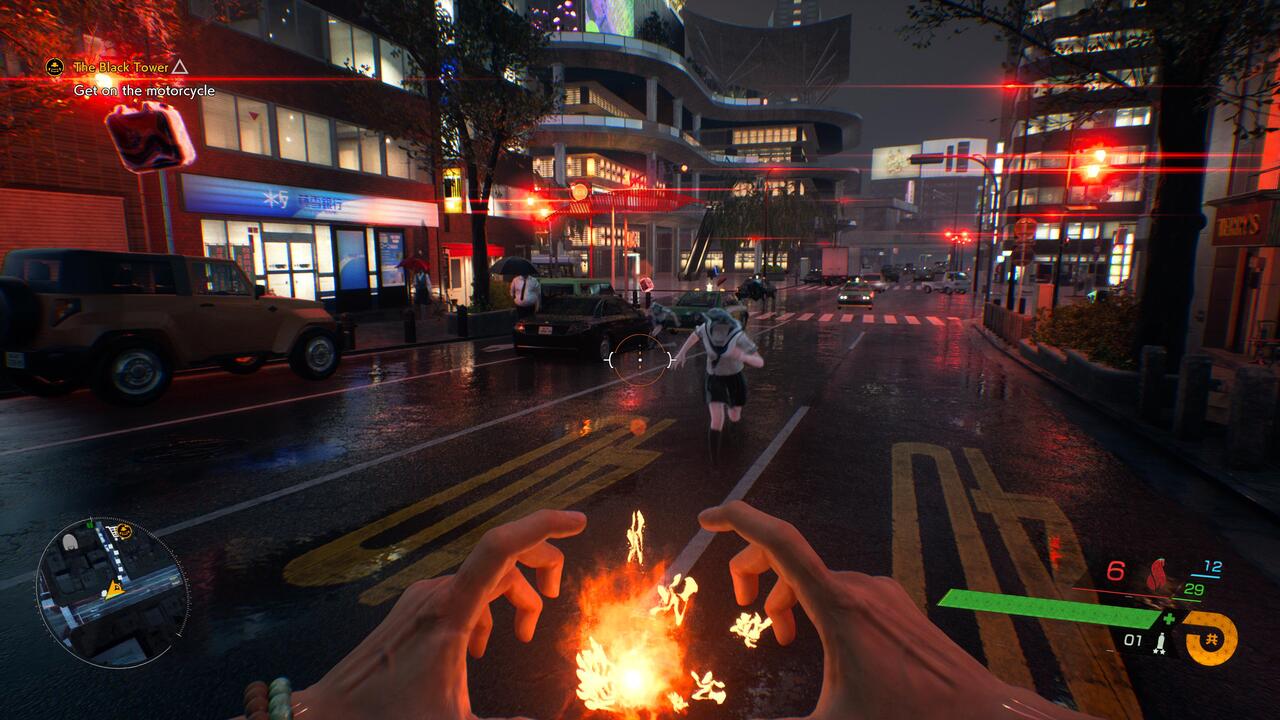
Ninja Wizard (The Ethereal Weaving)
Another element that makes every screen capture of Ghostwire: Tokyo look so good is the Ethereal Weaving and the combat in general. As mentioned previously, the faceless (and sometimes headless) enemies in Ghostwire: Tokyo are called Visitors. There are a wide variety of Visitors each with their own moveset. The combat manages to feel fresh and fast-paced by mixing up the types of Visitors you fight in a group but can feel repetitive after a while because of how surprisingly shallow the Ethereal Weaving is.
Ethereal Weaving is Ghostwire: Tokyo’s name for the spirit powers KK grants you. And don’t get me wrong, they look amazing and feel even better. Especially with the PlayStation 5 DualSense controller, the haptic feedback rumbles as you cast a fire grenade or hurl wave after wave of water slices at your enemy. The adaptive triggers allow you to feel the effort of whipping the soul out of a Visitor and charging your wind attack. All of that is great, but the actual depth of what the Ethereal Weaving offers leaves a bit to be desired. While the different Ethereal Weaving powers are cool, it would’ve been neat if some enemies were weak to a specific element and strong against another requiring you to plan your attack a little more carefully. That said, the Ethereal Weaving looks and feels great and functions well in combat.
Moving around during combat and in the open world is one more thing that doesn’t feel quite right. The movement in Ghostwire: Tokyo feels a tad bit too slow and, especially in combat, would benefit greatly from a dash mechanic. It may be because it is coming hot off the heels of Dying Light 2, a first-person parkour game, or because of popular games that reward mobility above all else like Apex Legends, but because of how fast-paced the combat of Ghostwire: Tokyo already is and how slow the character moves, having a little more flexibility when it comes to movement would help tremendously.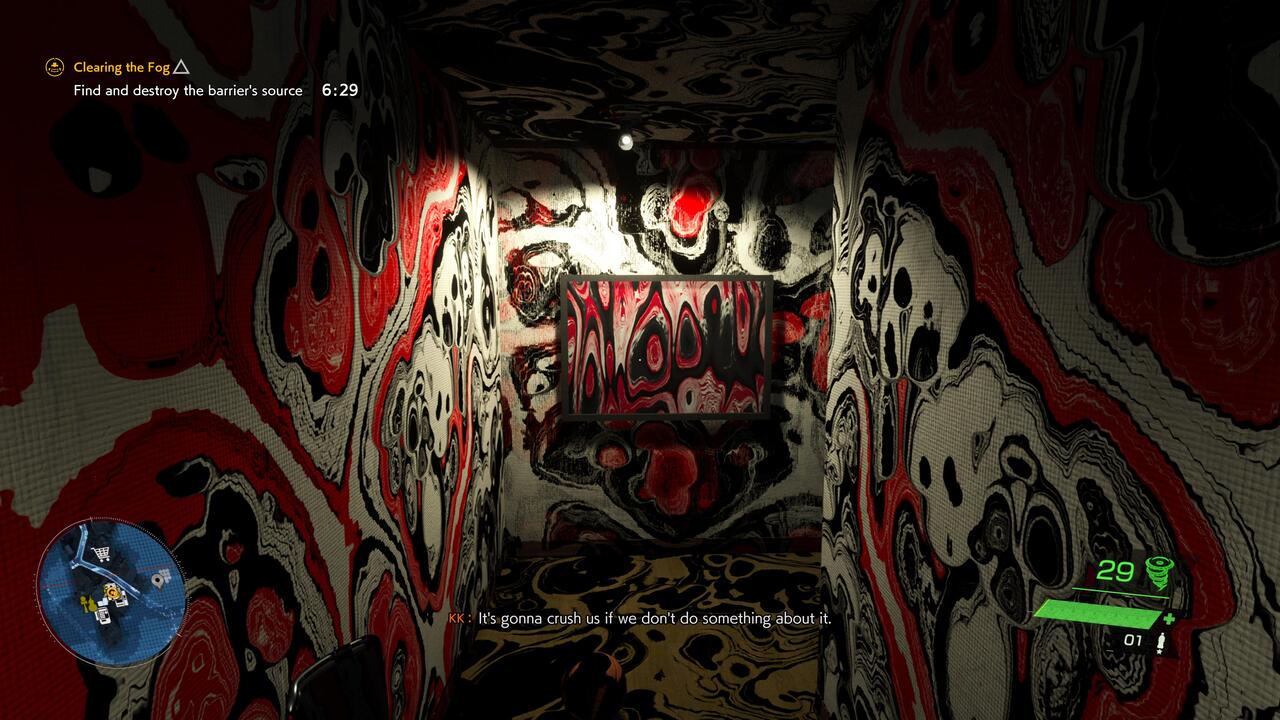
Lots and Lots of Yokai (The Side Quests)
Lastly, something that makes Ghostwire: Tokyo a step above the competition is the yokai. Yokai are supernatural entities and spirits in Japanese folklore and, trust me, there are a lot of them in this game. This is absolutely a good thing. Rarely have yokai been given their proper spotlight in video games considering how fertile the grounds are for storytelling. Ghostwire: Tokyo shows off many popular yokai through its side quests.
The side quests in Ghostwire: Tokyo are always interesting, never the exact same thing, and very palatable. I often found myself doing things like talking to an old woman spirit about an angry landlord spirit in their house, kicking the spirit out of the house, and allowing the old woman spirit to rest all within a matter of minutes between going to the next area in the main quest. Not every side quest features a yokai, but the ones that do open up the possibility to find that type of yokai in several other locations in the open-world later. The yokai give you Magatama which is crucial to leveling up your skills. Some of the yokai featured are Kappa, Rokurokubi, Ittan-Momen, and Zashiki-Warashi. The side quests in Ghostwire: Tokyo are not only fun and diverse; they also teach about famous Japanese folklore which is really cool.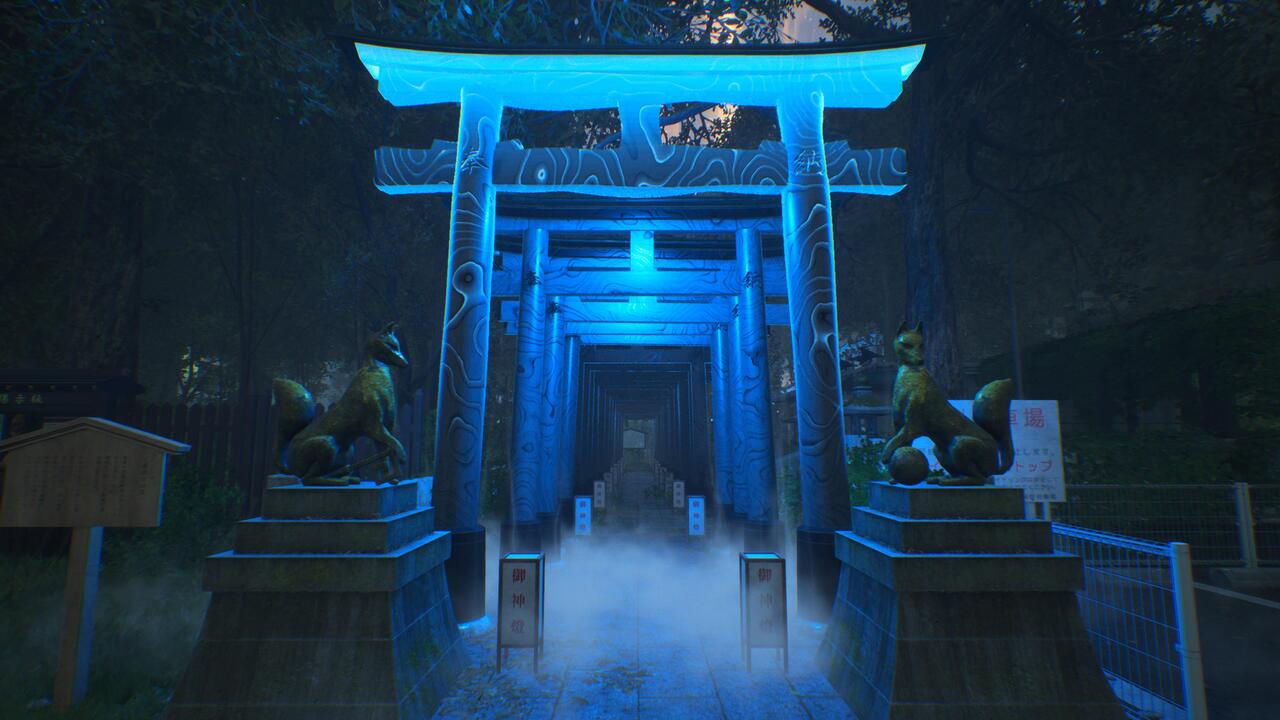
The Verdict
Ghostwire: Tokyo succeeds at being a very refreshing, very exciting take on the first-person action-adventure genre by introducing a fantastic imagining of haunted Tokyo and incorporating engaging action with magic instead of the all-too-familiar current trends of bullets and bazookas. While it still has room to grow, Ghostwire: Tokyo is truly a one-of-a-kind experience thanks to its breathtaking atmosphere, gorgeous open world, impressive stories, and exhilarating combat.
Ghostwire: Tokyo is available March 25, 2022, on PlayStation 5 and PC.


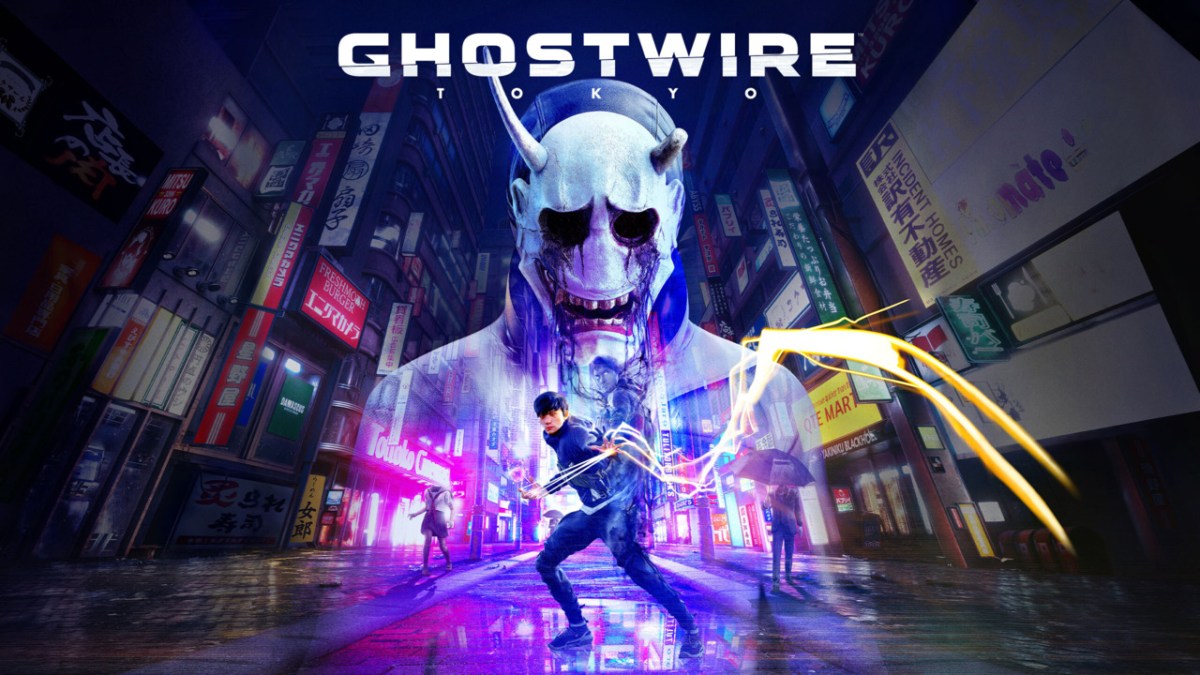









Published: Mar 21, 2022 08:00 am